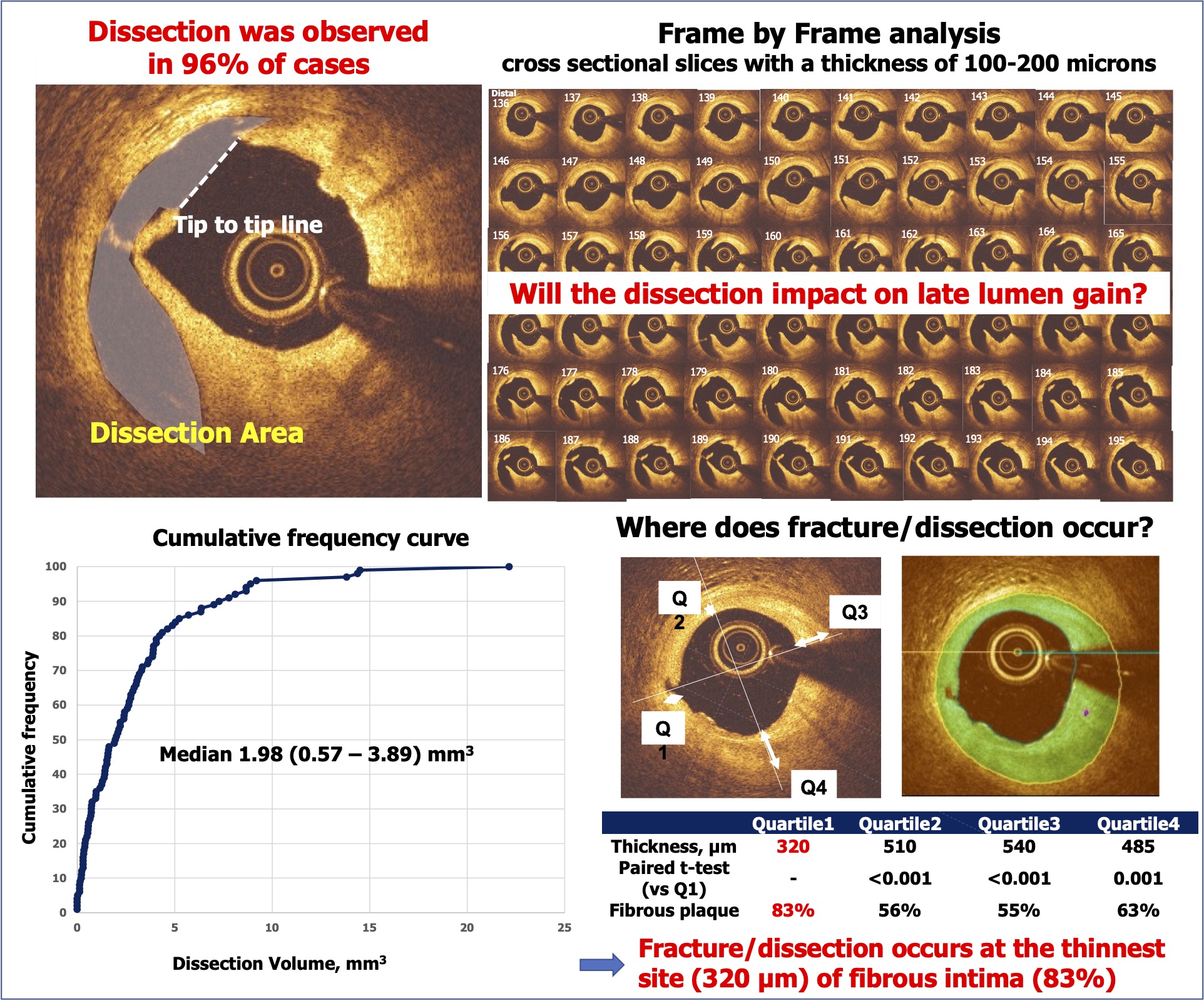Lots of interesting abstracts and cases were submitted for TCTAP 2023. Below are the accepted ones after a thorough review by our official reviewers. Don’t miss the opportunity to expand your knowledge and interact with authors as well as virtual participants by sharing your opinion in the comment section!
TCTAP A-043
Precise Assessments of Dissection Following Drug-Coated Balloon Treatment and Its Impact on Clinical Outcomes in de Novo Small Vessel Disease
By Kai Ninomiya, Patrick W. Serruys, Jiayue Huang, Shinichiro Masuda, Daixin Ding, Nozomi Kotoku, Shigetaka Kageyama, Shengxian Tu, William Wijns, Jouke Dijkstra, Sandeep Basavarajaiah, Antonio Colombo, Yoshinobu Onuma
Presenter
Authors
Affiliation
Precise Assessments of Dissection Following Drug-Coated Balloon Treatment and Its Impact on Clinical Outcomes in de Novo Small Vessel Disease
Kai Ninomiya1, Patrick W. Serruys2, Jiayue Huang2, Shinichiro Masuda2, Daixin Ding2, Nozomi Kotoku2, Shigetaka Kageyama2, Shengxian Tu3, William Wijns2, Jouke Dijkstra4, Sandeep Basavarajaiah5, Antonio Colombo6, Yoshinobu Onuma2
Iwate Medical University, Japan1, University of Galway, Ireland2, Shanghai Jiao Tong University, China3, Leiden University Medical Center, Netherlands4, University Hospital Birmingham, United Kingdom5, EMO GVM Centro Cuore Columbus, Italy6
Background
Methods



